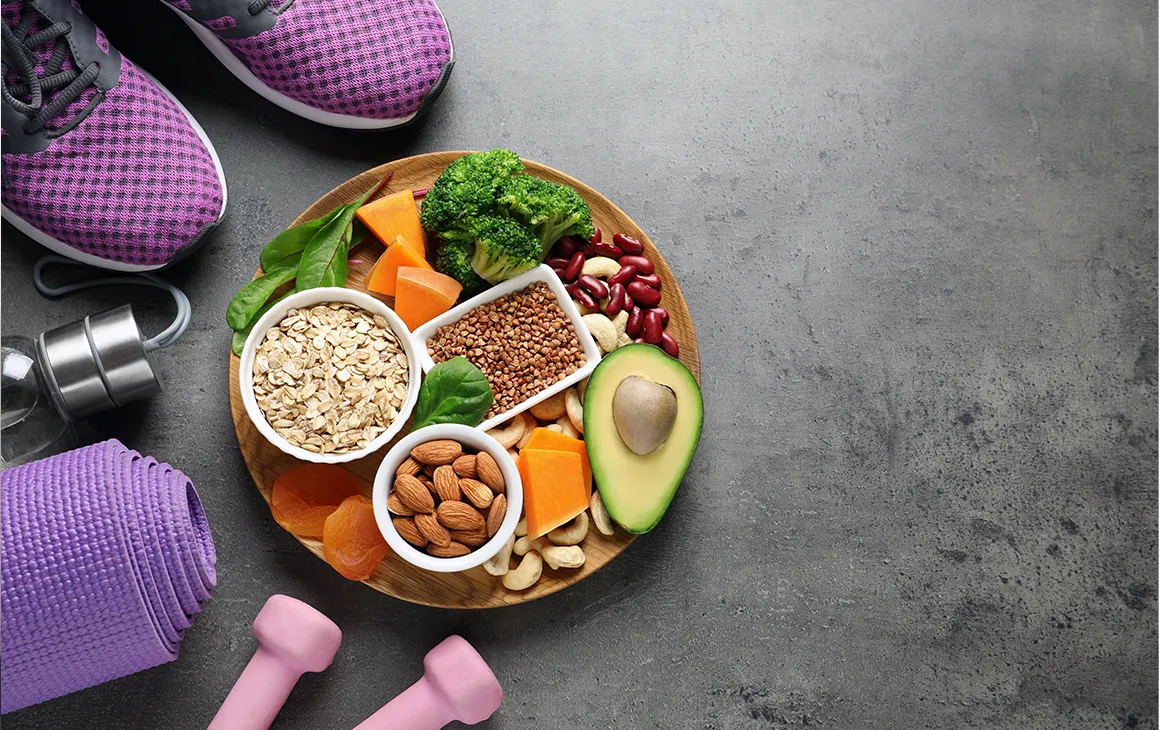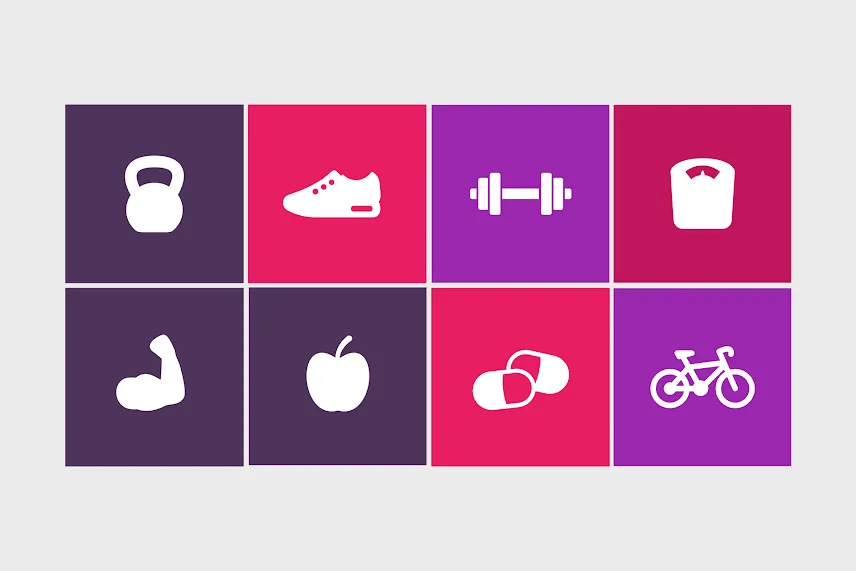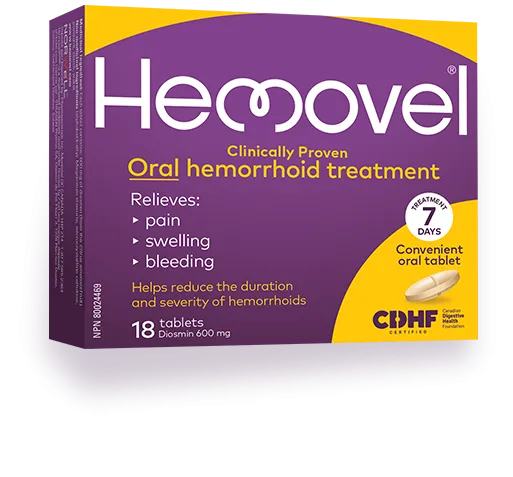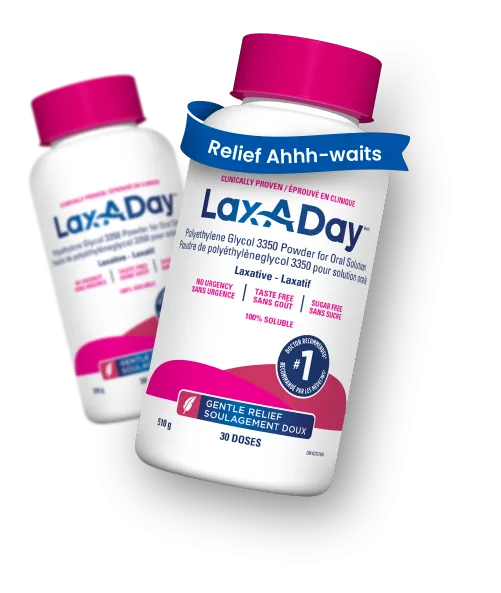Hemorrhoids are a very common ailment in both men and women.
Hemorrhoids are a very common ailment in both men and women. About 75% of all people will have hemorrhoids at some point in their lives, and about half will have them after the age of 50. That’s little solace to someone suffering from any painful symptoms, but worth knowing nonetheless. There should be no shame or taboo associated with the condition.
A quick primer before we look at understanding the symptoms that hemorrhoids present as compared to other ailments with similar symptoms:
Hemorrhoids - also known as piles - are naturally present vascular structures in the anal canal. In their normal state, they are cushions that help with stool control. When these vascular structures become swollen or inflamed the associated medical condition is called hemorrhoids.
There are lots of different causes of hemorrhoids, the most common of which are:
- Chronic Constipation or Diarrhea
- Straining during bowel movements
- Sitting for long periods of time on the toilet
- Pregnancy
- Being overweight
- Eating a low-fiber diet
- Regular heavy lifting
All of the above cause the veins around a person’s anus to stretch under pressure or even bulge and swell. This increased pressure in the lower rectum is primarily responsible for the occurrence of hemorrhoids.
There are two kinds – internal and external hemorrhoids. The exceedingly simplified explanation is that external hemorrhoids are on the outside, around the anus, while internal hemorrhoids are inside the anal canal.
While external hemorrhoids may be more obvious, internal are the more common variety. External hemorrhoids are more apparent because they are often present as swollen blood vessels or hard lumps that are painful and/or itchy. Internal hemorrhoids are – like the name suggests - inside the rectum, so chances are that we might not even know they’re there. Most patients usually realize they have internal hemorrhoids when they see blood around the stool or the hemorrhoids grow to the point of bulging outside the anus.
Now that we understand the fundamentals of the disease, we can delve deeper into differentiating hemorrhoids from other conditions with similar symptoms.
- Anal Fissures: These are tears that occur along the lining of the anal canal. These occurs due to trauma while passing very hard stools. A patient may feel pain and experience bleeding from the tear, which is similar to how hemorrhoids present in patients. It’s worth remembering though, that while an anal fissure is a tear of tissue, hemorrhoids are caused by the weakening of cushions of tissue in the lower rectum.
Fissures can be prevented by avoidance of constipation with a diet high in fiber and sufficient in water consumption. This helps add bulk and softens stools. Many fissures will heal on their own if stools are soft. A sitz bath may be recommended for symptom relief, and some fissures may heal if laxatives or fiber supplements are prescribed. - Colon Polyps: These are a usually noncancerous growths that form on the lining of the colon or rectum, most commonly as people age. Polyps may also be associated with some inherited disorders, including Familial adenomatous polyposis, Gardner syndrome, Juvenile polyposis, Lynch syndrome, and Peutz-Jeghers syndrome. People who suffer from Colon Polyps may experience (among other symptoms) pain or rectal bleeding, which are similar to symptoms of hemorrhoids.
- Diverticulosis and Diverticulitis: These are somewhat common conditions in which small areas of the lining of the gastrointestinal tract weaken, causing an out-pouching of the intestine. This out-pouching appears like a small sac. Diverticula are most common in the colon, but can appear anywhere along the gastrointestinal tract. Most individuals do not have any symptoms unless there is a complication, which include bowel perforation, bleeding, abscess, or strictures, which is why they are sometimes confused with hemorrhoids. However, sometimes infection can complicate diverticulosis, in which case they are called diverticulitis. These occur when the aforementioned sacs become inflamed with bacterial infection.
- Pruritis ani: This condition is frequently mistaken for hemorrhoids because it causes itching and burning in the rectal area, though it is actually just a type of localized dermatitis that causes an intense urge to scratch. It may result from too much moisture or a food sensitivity.
- Inflammatory bowel disease (IBD): This condition includes ulcerative colitis and Crohn's disease, and can also cause rectal bleeding and discomfort. Both types of IBD are long-term diseases that normally begin in young adults.
- Cancers of the Anus, Rectum, and Colon: These cancers can occur near the rectum and cause bleeding and discomfort that are similar to hemorrhoid symptoms. Rectal and colon cancer are rare before the age of 40. The good news is that regular screenings can detect colorectal cancer in its earlier stages, when it is much more treatable.
While this list is in no way a full and medically exhaustive list, it does cover some commonly occurring conditions that present similar symptoms as hemorrhoids.
If and when your hemorrhoids diagnosis is confirmed, you need look no further than Hemovel® for help. It is clinically proven to reduce both the duration and severity of hemorrhoids and relieves symptoms like pain, swelling and bleeding. What’s significant is that Hemovel®comes as oral pills that are discreet and easy to use, thereby ensuring that you don’t have to keep taking trips to the bathroom to apply messy ointments or suppositories.
This product may not be right for you. Always read and follow the label.
HEMOVEL® is a registered trademark owned by Norwell Consumer Healthcare Inc.
References:
- CDHF: What are Hemorrhoids? https://cdhf.ca/digestive-disorders/hemorroids/what-are-hemorroids/#:~:text=Between%2060%20and%2070%20per,pregnant%20women%20to%20develop%20hemorrhoids
- Mayo Clinic: Hemorrhoids https://www.mayoclinic.org/diseases-conditions/hemorrhoids/symptoms-causes/syc-20360268
- ASCRS American Society of Colon & Rectal Surgeons: Hemorrhoids https://fascrs.org/patients/diseases-and-conditions/a-z/hemorrhoids
- Everyday health: Is it hemorrhoids or something else: https://www.everydayhealth.com/digestive-health/is-it-hemorrhoids-or-something-else.aspx
- Mescape: Anal Fissure Treatment & Management https://emedicine.medscape.com/article/196297-treatment#d9
- Webmd: Hemorrhoid Symptoms and Getting a Diagnosis https://www.webmd.com/digestive-disorders/understanding-hemorrhoids-symptoms








